Discussing Translanguaging: A Conversation Starter
Michael Rabbidge
To start the new year we’ve decided, as a team of bloggers, to take a slightly more integrated approach to our postings. We’ll start with a brief discussion on a topic of interest, and then take turns responding to each other to create a more shared learning approach with these blogs. We welcome you, as the reader, to join the discussion by posting questions in the comments section, and hopefully we’ll be able to answer these or provide more discussion in subsequent blogs.
That being said, I’ve decided to kick things off by discussing an area of research that I have had a real interest in since my days as teacher trainer in South Korea; that of language choice and use when teaching a foreign language.
I became interested in translanguaging as a concept as a result of my PhD thesis work, which looked at why and how South Korea elementary school teachers used English and Korean languages when teaching English. What really got me interested in this was the sense of guilt South Korean teachers tended to have when discussing the use of their mother tongue, Korean, to teach English. At that time, the Korean government had implemented a policy that prohibited the use of Korean while teaching English in the public school system, which led to a lot of confusion and conflict for these teachers.
As this area of research continued, I came across the term translanguaging, which initially read like the more commonly known concept ‘code-switching’. Code switching is “understood by most informed scholars in a dynamic and creative fashion as the expressive transgression by bilingual speakers of their two separate languages, endows these speakers with agency and often finds in the very act of switching elements of linguistic mastery and virtuosity” (Otheguy, García, & Reid, 2015).
A definition of translanguaging that I like is “the deployment of a speaker’s full linguistic repertoire without regard for watchful adherence to the socially and politically defined boundaries of named (and usually national and state) languages” (Otheguy, García, & Reid, 2015).
When seen side by side, code-switching as a concept sees bi or multilingual speakers as switching between languages that exist separately in the mind of the speaker. Translanguaging on the other hand sees language existing as a single repertoire in the user’s mind, so that there is no switching between named languages, rather, the speaker reacts to changing contexts by employing contextually relevant elements of their single semiotic repertoire.
Furthermore, there is a greater socio-political focus within translanguaging research that extends it as a concept beyond that of code-switching. Unpacking the quotes further reveals a shift in focus from linguistic competencies to that of linguistic repertoires which creates an opportunity to free speakers from monolingual ideologies and concerns of native-speakerism influences that have tended to negatively position learners of a new language or those born in certain geographical locations not traditionally associated with the target language. It also highlights socially constructed realties that have privileged the ‘one nation-one language’ ideology. In doing this, it is asking for an acknowledgement that multilingualism is the true linguistic norm of our world.
This interest has led me to employ a translanguaging perspective while conducting research on language use, and like any new concept, translanguaging continues to grow and inform understandings about effective teaching and learning practices in different contexts. There are a lot of directions that translanguaging can head in, and the better this concept is understood the more likely it can benefit a more socially inclusive language education environment. I look forward to further discussions on this topic, and if you have any questions feel free to reply to this blog.
